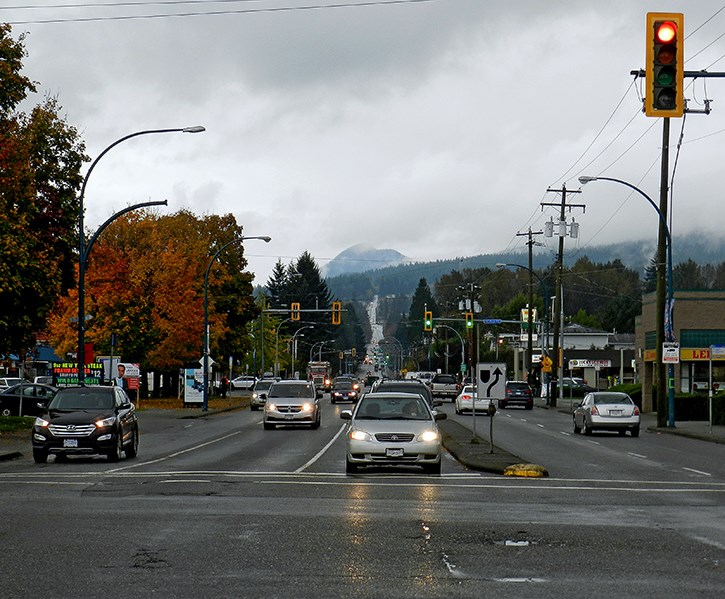Sweeping changes to Port Coquitlam’s tree policy will see the city planting more trees and homeowners cutting down fewer — or paying up.
At yesterday's (Tuesday) committee of council meeting, councillors voted to have council on Feb. 12 give three readings to a new tree bylaw that, if adopted, would see the municipality plant another 350 trees a year until 2060 — thus boosting the tree canopy cover by 0.03% annually, from the current 23.8% to 25% in 41 years.
The proposed regulations would also require private property owners to apply for a permit, at a cost of $100 per tree, if they want to chop down a tree; currently, homeowners and developers are allowed to cut down one tree a year without a fee.
Money gained from future fees, as well as cash-in-lieu payments if a tree can’t be replaced onsite, will be put into a capital reserve for municipal tree planting, with an estimated $48,000 a year generated.
Landowners can also expect to see penalties rise for unauthorized tree cutting, up to $2,000 if the tree is deemed “significant.”
Staff say the aim of the changes is to protect and enhance the urban forest, which they say will decline if measures aren’t taken.
The proposed bylaw is also intended to bring further definition to hazardous and significant trees, and it comes after the city in 2017 announced it would fell 122 trees — a few of them deemed heritage trees and significant — to make way for the rec centre rebuild.
Still, one city councillor say the proposed new regulations don’t go far enough.
Coun. Laura Dupont told the committee yesterday that, based on past city reports, she believes council can impose tighter timelines to boost tree canopy cover. She’s calling for the canopy to be at 30% by 2035, a goal considered lofty by several city staff and council members.
Dupont said other Metro Vancouver cities are making strides to up their tree canopies to clean the air and cut greenhouse gases:
• New Westminster plans to thicken its canopy from 18% to 27% by 2035;
• Vancouver wants a 4% rise to 22% by 2050;
• and Surrey has set a 40% tree cover, by 2058, from its existing 27.8%.
Dupont said PoCo needs to be a leader and “shift the culture that we take trees for granted… I think we need to educate the community to help them understand we want a livable city.”
Laura Lee Richard, PoCo’s director of development services, said a report on possible timelines and costs would take six months.
But according to the committee’s report, city staff say achieving a 30% target by 2037 — two years more than Dupont’s request — would mean an additional 1,440 trees in the ground a year versus 480 more medium-sized trees a year, for 30% by 2060.
As well, a 30% target would mean a big uptake by the public: homeowners would have to plant two trees for every fallen tree, for example, and the city would have to shell out incentives.
Staff also told committee they would likely have to create extra city space along boulevards or park edges to plant more trees.
Mayor Brad West said while 30% “or even 35%” for a tree canopy is “fantastic… the challenge is how” to pay for it.
“The price tag isn’t something that the city can bear,” said West, who next month heads into budget talks with the rest of council. “I want staff to be able to take a look at this and bring back ideas to get us to something that’s more optimistic or practical.”
After last night’s council meeting, Dupont told The Tri-City News: “I feel hopeful that we will get there. Each piece of this regulation is so important… and we cannot afford to have an ecosystem based on flawed logic.”



